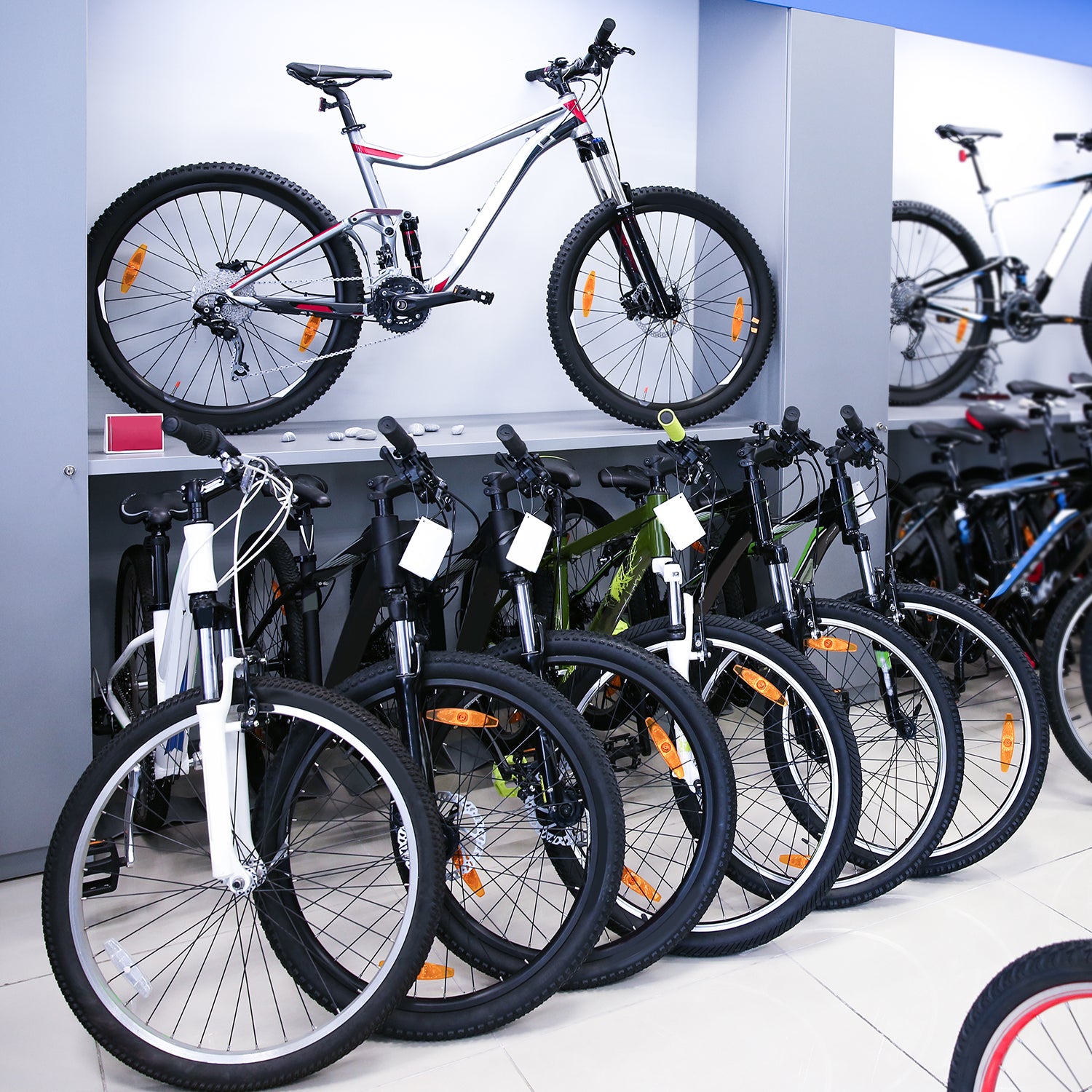Last Tuesday, the Trump administration announced that it is considering a 10 percent tariff on $200 billion of Chinese goods. Included on this list are bicycles and pretty much all associated parts and accessories. The move follows two previous rounds of tariffs launched a week earlier—a 25 percent tariff on $34 billion of goods with another $16 billion under consideration. Those lists include e-bikes and cyclo-computers.
The latest round of tariffs is far-ranging, from foodstuffs to building materials, chemical compounds to textiles. And the bicycle industry is clearly a target. of Chinese imports that could face new tariffs specifically mentions complete bikes, bike frames, pre-cut tubes for bikes, forks, cable housings for derailleurs and brakes, wheels, tires, tubes, rim strips, hubs, brakes, cranks, saddles, and speedometers. The document even goes so far as to specify bike accessory NESOIs, or items not elsewhere specified or included.
“This is a big deal in the sense that this new proposal involves virtually all categories of bicycles and parts,” says Lynette Carpiet, editor of .
Like the list of tariffs on the $16 billion proposal, this new $200 billion list is subject to a public comment period. The Office of the United States Trade Representative is through August 17 and will hold a public hearing on the matter August 20 through 23. A final decision on which of these tariffs will be imposed will follow the hearing.
Since the U.S. bike industry is dominated by imports, the impact could be broad. In 2014, bike industry sales in the U.S. totaled $6.1 billion. A that same year by the National Bicycle Dealers Association (NBDA) said that more than 99 percent of the bicycles sold in this country, or 17.8 million units, were imported. said that bikes from China accounted for 66 percent sold in the U.S., with a further 27.5 percent coming from Taiwan.
“We’re very concerned,” says Katy Hartnett, director of government relations at the advocacy group . “If these proposed tariffs were to go into effect, it would negatively affect everyone who rides a bike. This could increase the costs of being a cyclist, as well as doing business in the cycling industry.”
According to the NBDA, the average price of a bicycle at specialty retail bike shops in 2015 was $753, which means the new tariff could raise that price by as much as $75. And with prices on high-end bikes and associated gear pushing well north of that—$12,500 for the new Specialized S-Works Venge, for instance, or $2,800 for a set of Enve M525 mountain wheels—the cost increases could be much steeper.
Granted, a lot of bike brands have multiple factories in different countries, which means not all bikes would see equal price increases. “We have an international host of factories,” said Andrew Juskaitis, senior product manager at Giant. He pointed to the company’s Taiwan factories, as well as a recent decision to invest in additional manufacturing , as ways the company could work around the tariffs, if they go into effect.
Trek’s Eric Bjorling said his company has always “made products where it makes the most sense.” Trek currently builds bikes in China, Taiwan, Germany, and the United States. It’s the only major bike brand with a carbon-fiber manufacturing facility in the U.S., though it’s estimated the company makes of its bikes here. “Germany is a place we’ve been looking at for more manufacturing in the future,” Bjorling allows.
Smaller companies with fewer factories and less manufacturing clout would likely be in more of a bind than powerhouse brands like Giant and Trek. “Like other industries, the U.S. bicycle industry relies on a global supply chain to provide our customers with a high-quality affordable product,” says Larry Pizzi, vice president of the Bicycle Products Suppliers Association, the trade group for the U.S. bike industry. “We could not absorb the proposed tariff without a significant price increase that would be borne by American customers.”
However, until the U.S. settles on the policy, and China responds—it’s possible the Chinese could back away from the tariffs they’ve threatened—nothing is for sure. Says BRAIN editor Carpiet, “It’s too early to know how this is all going to play out.”
Meanwhile, advocacy groups are gearing up to fight the proposal. “We are going to be making a strong case against this,” says Hartnett. She adds, “We’re encouraging our grassroots army, and all cyclists, to call their congressmen and voice their opposition.”


